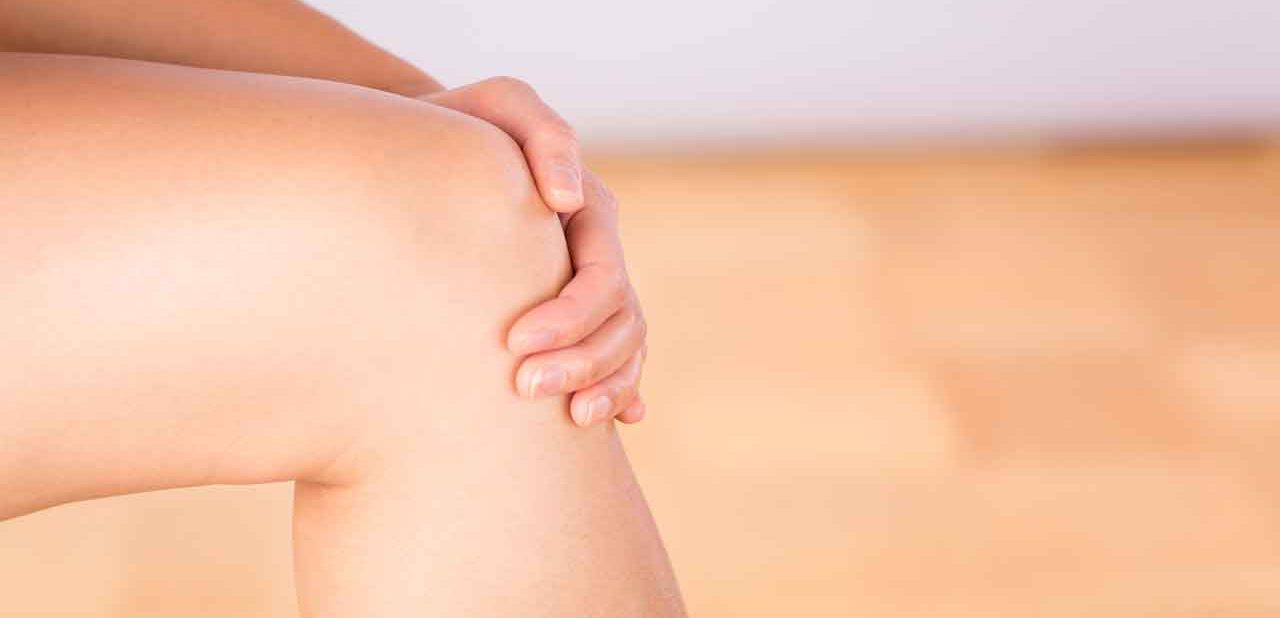How to Relieve Knee Pain

Many Americans are walking around with torn menisci and osteoarthritis in their knees. But you don't have to put up with pain. Here's how to relieve knee pain.
Knee pain, like most pain, is a bit mysterious. Let’s say you frequently feel a stab of pain when you walk, kneel, or climb stairs, often enough that you go to see a doctor. Most likely, you’ll be asked to get an x-ray or MRI to look for arthritis or torn cartilage. But there’s not much link between pain and the structural problems that show up on those tests. Before you undergo surgery, be sure to try low-tech options that could stop your knee pain.
If you are in your fifties or older, a MRI of your knee is likely to find torn cartilage in the meniscus, two rubbery cushions, essentially shock absorbers, where the thigh and shin bones connect. A tear is more common if you also have osteoarthritis.
However, a great many Americans are walking around with torn menisci and osteoarthritis in their knees — and not experiencing any pain. In an analysis of knee MRIs for nearly a thousand participants age 50 to 90 drawn from a survey, researchers found that many had tears and, of those, many also had osteoarthritis. But 61 percent of the tears were found in people who had no pain, aching, or stiffness the previous month.
In a separate study, another team concluded that MRIs often find osteoarthritis that doesn’t turn up in an x-ray, but, even so, it is not strongly associated with knee pain. “Findings that would be interpreted as abnormal and suggestive of disease are in fact present in most knees without any pain, even when different definitions of pain are used,” the researchers wrote.
This work suggests that the tests are not especially useful for older people, though they might be before middle-age if you have knee pain.
Your low-tech options to stop knee pain include leg exercises, more sleep, and overall exercise, and losing weight.
According to Mitchell Yass, the author of “The Pain Cure Rx: The Yass Method for Diagnosing and Resolving Chronic Pain” and the PBS special “The Pain Prescription,” most of his patients with knee pain can reduce their pain if they strengthen their hamstrings, the muscles on the back of their legs, and stretch their quads, on the front of their thighs. The exercises shouldn’t hurt while you do them.
If your knee pain is intense, you might ask an orthopedist for specific exercises, or work closely with a good trainer. Gyms have machines for this purpose but aren’t essential. You can use resistance bands or an exercise ball at home, or start without any equipment at all.
A simple home method for hamstring curls: Lie on the floor on your stomach with your hands palm down in front of you slightly wider than your shoulders, bend one or both knees and lift your feet up behind you, keeping your knees on the floor. You can wrap a weight around each calf. For illustrations of three ways of doing hamstring curls, see here.
To stretch your quads, stand near a wall or solid piece of furniture that you can touch with one hand for balance. Reach back with the other hand, and grip the ankle on that side. Pull the heel towards your buttock, until you feel the stretch in the front of your thigh. This shouldn’t hurt: if it does, go more slowly or don’t stretch as far.
Weak quads can also cause knee pain. If you feel a pulling sensation at the top of your knee or in your thigh when you climb stairs, try strengthening your quads. Start with a knee extension: Sit with your back against a wall, left leg straight and right leg bent with your foot flat on the floor. Put a basketball under your left knee, bending the leg. Slowly straighten your leg. Hold, and then slowly lower. Repeat with your right leg.
Some people are more sensitive to pain than others. Lack of sleep increases your sensitivity to pain, so make sure you’re allowing enough time. Treat insomnia and sleep apnea. Lack of exercise can also make you achier. It’s easy for pain to make you cut back — but your response should be just the opposite. Find activities that don’t hurt — swimming and bike riding are both easy on the knees. Walk on grass or dirt rather than concrete.
Carting around extra weight on your belly places a big burden on your knees. Any weight loss will help keep your joints from deteriorating and improve your overall health.
Make sure to call your doctor if you can’t put weight on your knee, notice knee swelling, can’t fully extend or flex or your knee, see an obvious knee deformity, have a fever along with swelling in your knee, or if you feel like your knee is unstable.
Updated:
March 27, 2020
Reviewed By:
Janet O’Dell, RN